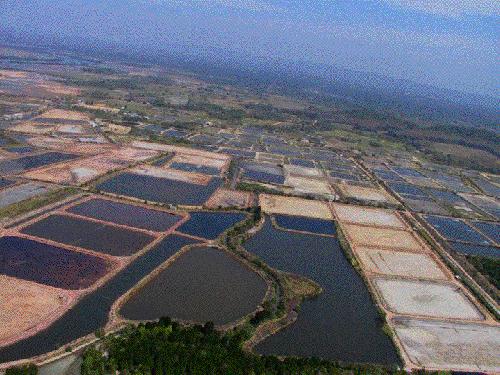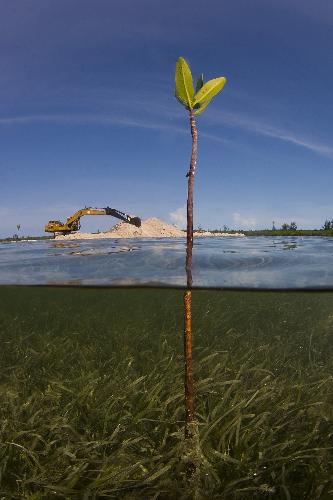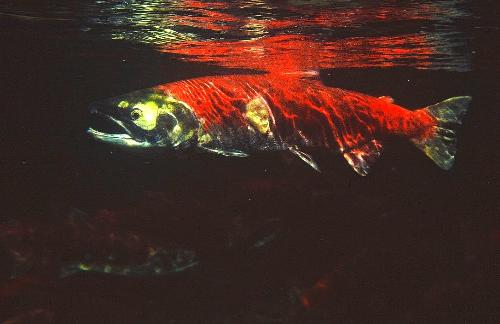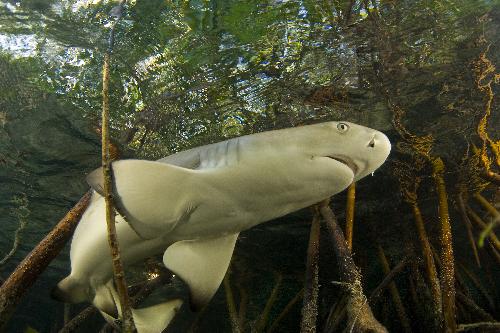Farming seafood holds great promise as a solution to the ever-increasing pressures on our ocean resources. And guess what? Seafood Watch’s “The State of Seafood Report” found that humans will soon eat more seafood from farms than from the oceans. In 2010 nearly half of our seafood was farmed and projections for 2020 show that approximately 60% of our seafood will be farmed. This means that as farming practices increase, we have to be particularly careful as consumers to choose farms that limit their environmental impact.
Though farming can be done in an ecologically responsible way, many species that are farmed often are not farmed with the environment in mind. When the environment is considered and good farm management practices are used, it’s possible to create sustainably farmed seafood. Such operations limit habitat damage, disease, escapes of non-native fish, and the use of wild fish as feed. Species of particular concern are salmon and shrimp.
Salmon are carnivores which means they themselves eat other fish to survive. Did you know that on average it takes over three pounds of wild fish to grow a pound of farmed salmon? This means that even though you think that farmed raised salmon is sustainable, we’re actually overfishing other species in order to enjoy it at our dinner tables. When salmon (or any fish for that matter) are farmed in open net pens, fish waste, uneaten food, disease, parasites, pesticides and antibiotics are released directly into the environment which can be very harmful. In contrast, “closed” systems collect and manage these byproducts and have less impact. Thus, when you’re choosing your salmon make sure you choose wild-caught from highly managed Alaskan fisheries.

Thailand coastline developed with shrimp farm operations where a pristine mangrove forest once stood. Ellen Hines/Marine Photobank
The other main species of concern? – Shrimp. Shrimp is by far the most consumed seafood product. We love our shrimp in pretty much any form (just ask my toddler). However, farming practices for shrimp can be devastating to the environment. Rich coastal waters have been polluted by open net pen farms and hundreds of thousands of acres of coastal mangrove forests have been lost by conversion to shrimp ponds. 35% of all mangroves have been destroyed to create shrimp farming ponds.
Mangroves serve as a vibrant community for many marine species. The network of roots work like a forest and tons of small fish use the mangroves for protection. Mangrove habitats around the world are under siege from development, and these important and diverse ecosystems have great need of protection policies.
Not only that but bycatch from wild caught shrimp surpasses bycatch for any other seafood species. For every pound of U.S. Gulf of Mexico shrimp landed, 4.5 pounds of fish andcrabs are caught at the same time, much of which is discarded into seafood landfills.
So when eating shrimp, look for trap-caught shrimp from British Columbia are a because they have relatively low bycatch and habitat impacts.
Or, you know, just ask your local seafood joint to join our PDXSeafood program so you don’t even have to think about it.
-Meg



